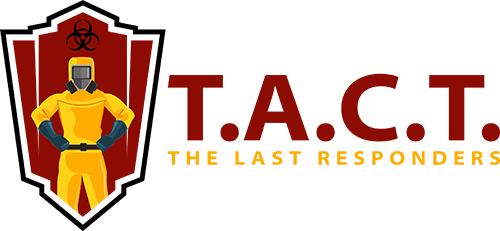How to safely identify and remove Rat Droppings
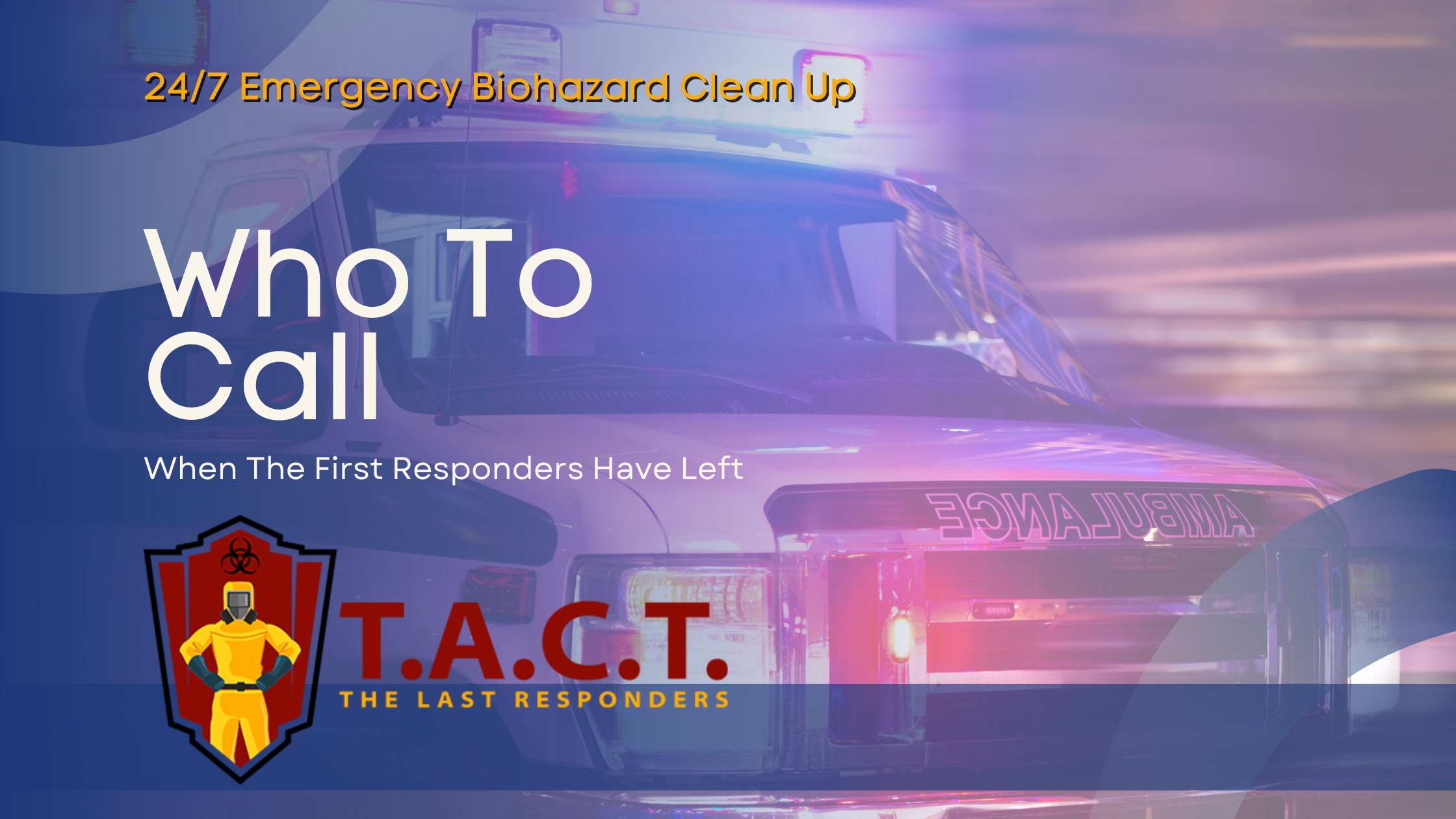
{
How to Safely Identify and Remove Rat Dropping
Finding rat droppings in your home is a serious issue. This article explains how to identify rat droppings, the health risks they present, and how to clean rat droppings safely. Knowing what to look for and how to respond to rat droppings can protect your health and home.
Key Takeaways
Identifying and differentiating rat droppings is essential for timely and effective rodent control, with fresh droppings indicating active infestations.
Rat droppings pose significant health risks due to the diseases they can carry, making proper identification and cleanup critical for safety.
Preventing future infestations requires maintaining cleanliness and sealing entry points, while engaging professional pest control can ensure comprehensive and safe eradication of rodent issues.
Recognizing Rat Droppings
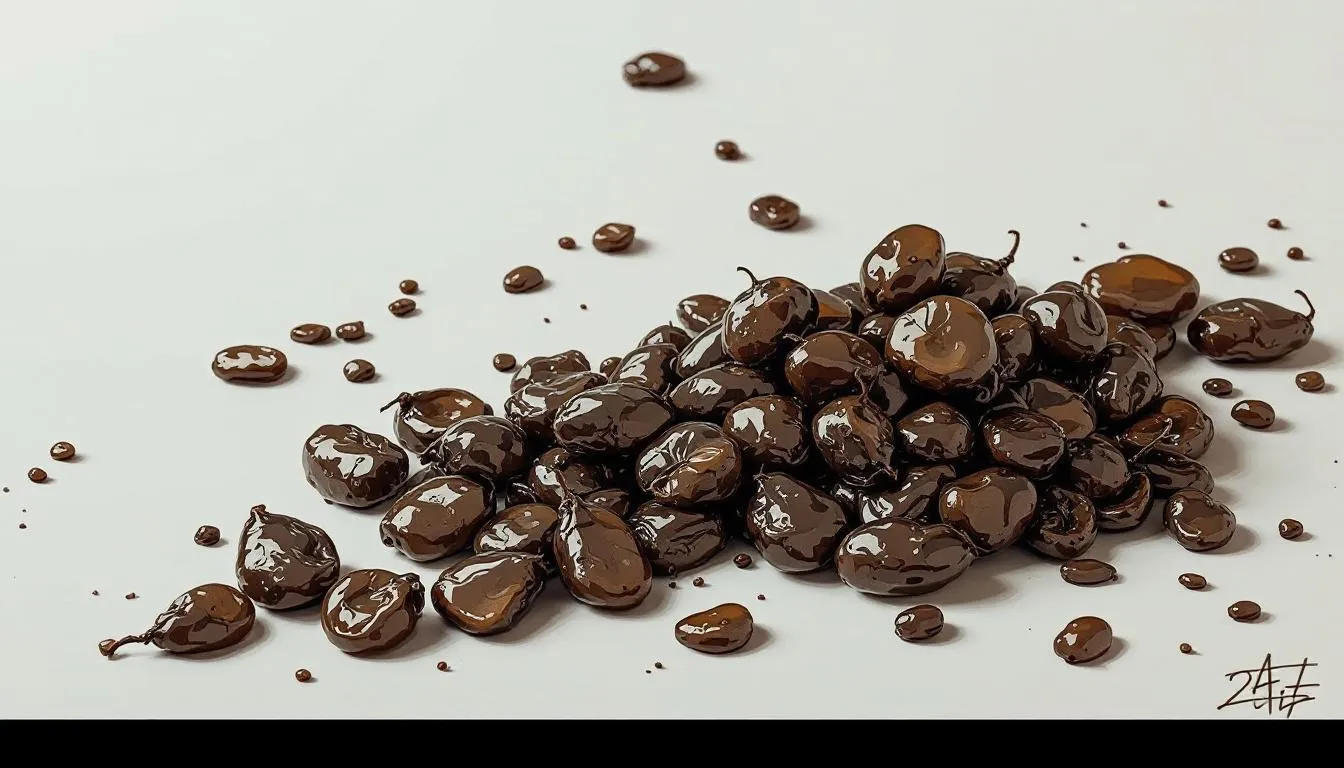
Recognizing rat droppings is crucial for addressing a rodent infestation. These droppings are cylindrical and dark brown, varying in size and shape depending on the species, including brown rats. Norway rats droppings are larger and blunt, resembling small burritos, while roof rat droppings are curved with pointed ends, similar to bananas. Often found in hidden or less frequented areas like cabinets and under appliances, they indicate an infestation.
Knowing how to accurately identify rat droppings is essential, as their presence indicates a rodent infestation. Recognizing the specific characteristics of rat feces allows for swift action to address the problem before it escalates.
Identifying Fresh vs. Old Droppings
Determining if rat droppings are fresh or old helps assess the infestation level and urgency of response. Fresh droppings are shiny and moist, indicating recent activity, while old droppings are gray and crumbly, suggesting a potentially inactive infestation.
This distinction helps determine the appropriate actions. Fresh droppings indicate active rats, requiring immediate action, while old droppings may suggest the rats have moved on, but cleanup and prevention are still necessary.
Differentiating Rat Droppings from Other Pests
Differentiating rat droppings from those of other pests, like mice droppings and rodent droppings, ensures the correct problem is addressed. Rat droppings, larger and measuring between 1-2 cm, are blunt compared to the smaller, spindle-shaped mouse droppings, making them easier to identify.
Accurate identification of rat versus mouse droppings is critical for implementing effective rodent control measures. Misidentification could lead to ineffective treatment and persistent infestation. Knowing the specific characteristics of rat feces allows for targeted action to eradicate the problem.
Health Risks of Rat Droppings

Rat droppings pose significant health risks due to the harmful pathogens they can harbor. Diseases such as hantavirus pulmonary syndrome and rat bite fever can be transmitted through contact with rat droppings. Improper cleanup of droppings can release harmful particles into the air, increasing the risk of disease transmission.
Recognizing these health risks is crucial for ensuring safety. Rat droppings, though unsightly, are rat poop dangerous and can lead to severe health complications if not handled correctly. Proper identification and cleanup methods mitigate these risks.
Diseases Spread by Rat Droppings
Rat droppings can spread a variety of diseases, making them a serious public health concern. Hantavirus, leptospirosis, and salmonella are among the most notable diseases transmitted through rat droppings. These diseases pose serious health risks due to the pathogens they carry, and recognizing these risks is crucial for public health and safety.
Knowing the diseases spread by rat droppings underscores the need for immediate action when an infestation of an infected rodent is detected. Proper handling and cleanup prevent disease transmission and protect household health from the bubonic plague.
Symptoms of Diseases from Rat Droppings
Symptoms of many diseases caused by rat droppings can start with flu-like symptoms such as fever, chills, muscle aches, headaches, nausea, and diarrhea. If left untreated, these symptoms can escalate to severe respiratory issues and even respiratory failure. Salmonellosis, for example, can cause severe gastrointestinal issues, further highlighting the need for prompt treatment, as well as the potential for other diseases.
Early recognition of symptoms can lead to timely medical intervention, potentially saving lives. Awareness of these symptoms is essential for those dealing with a rodent infestation, enabling quick action to mitigate health risks.
Safe Cleanup of Rat Droppings
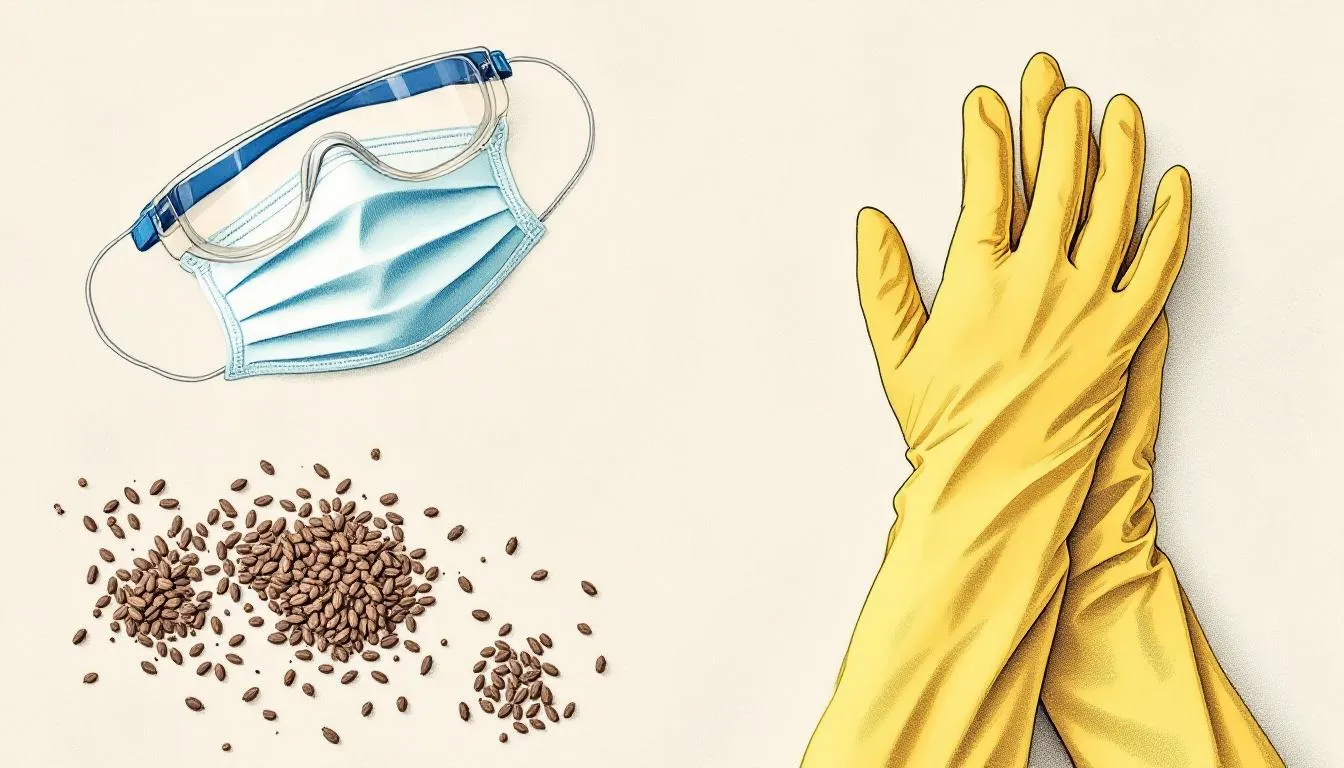
Handling rat droppings safely is crucial to prevent contamination and manage health risks. Ventilate the area for at least 30 minutes before starting cleanup to minimize inhalation of airborne contaminants. Proper ventilation disperses harmful particles, making the environment safer for cleaning.
Safe handling and proper cleanup methods significantly reduce health risks associated with rat droppings. Following recommended procedures ensures thorough and safe cleanup.
Essential Protective Gear for Cleanup
Using the right protective gear is crucial for safely cleaning up rat droppings. Wear:
Rubber or plastic gloves to avoid direct contact with contaminants
A dust mask with a high-efficiency particulate air (HEPA) filter for respiratory protection
Protective goggles to shield the eyes from potential contaminants
Rubber gloves to ensure additional safety
Wearing protective gear minimizes exposure to harmful pathogens, ensuring a safer cleanup process. Equipping yourself with gloves, masks, and goggles is critical for managing health risks associated with rat droppings.
Step-by-Step Cleaning Guide
To clean up droppings safely:
Begin by ventilating the area for at least 30 minutes to reduce airborne contaminants.
Use a paper towel to pick up the droppings and dispose of them in a plastic bag. Paper towels can also be effective for this task.
Disinfect contaminated surfaces with a bleach solution.
After cleaning, wash hands and any exposed skin thoroughly with soap and water to remove remaining contaminants. Proper handwashing, indirect contact, and ventilation after cleanup are crucial steps to ensure safety and prevent the spread of harmful pathogens. For more detailed information, refer to body fluid cleanup procedures.
Preventing Future Rat Infestations
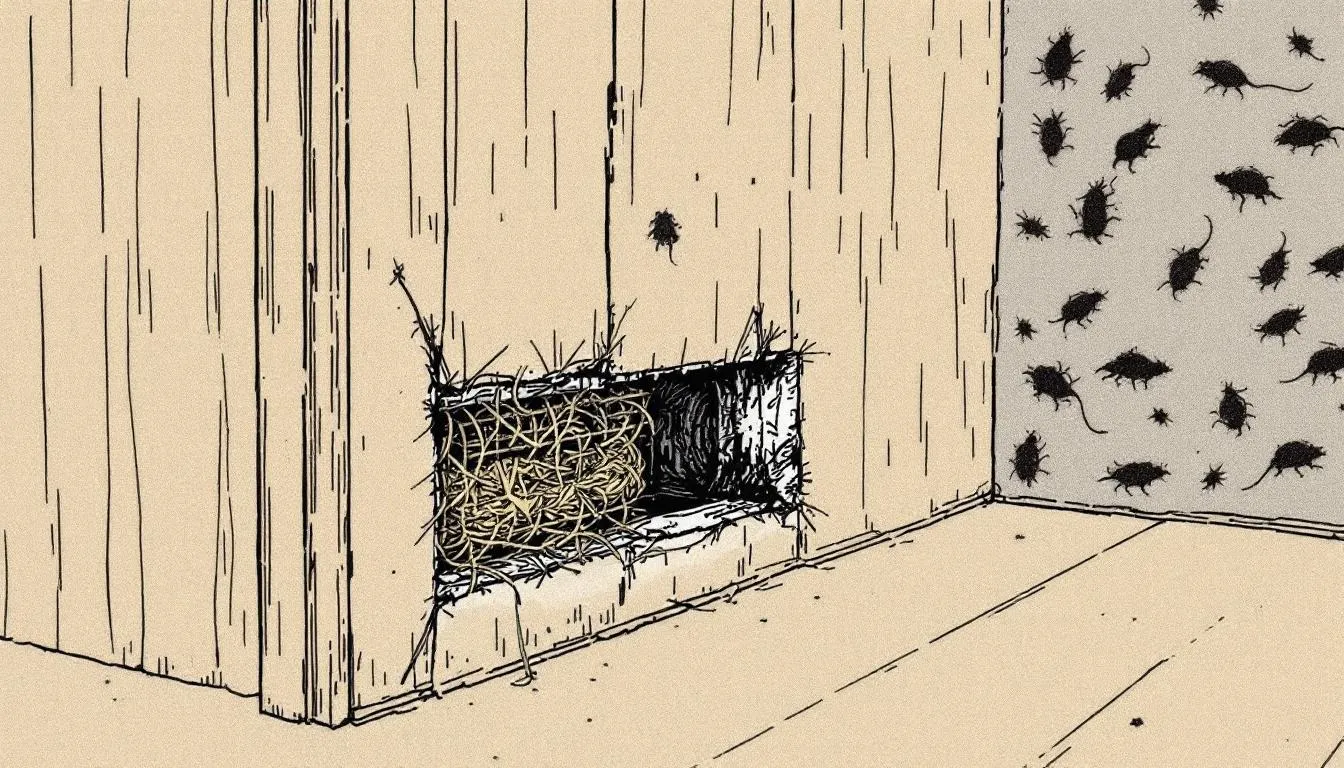
Prevent future rat infestations by:
Maintaining cleanliness
Removing potential food sources
Regular cleaning and proper waste management
Consulting wildlife control experts for effective methods to keep rats out of your home.
Implementing these preventative measures significantly reduces the risk of encountering rat feces and associated health risks. Keeping your home clean and sealing entry points prevents rats from taking up residence.
Sealing Entry Points
Sealing entry points is vital to prevent rats from entering your home. Rats can squeeze through gaps as small as a quarter of an inch. Using materials like steel wool and caulk effectively seals these small holes, preventing rodent entry with peppermint oil.
Regularly inspect cracks, door frames, and other potential entry points to maintain a rodent-free home. Plugging small holes and sealing gaps significantly reduces the likelihood of a rat infestation.
Maintaining Cleanliness
Maintaining cleanliness is an effective strategy for preventing rat infestations. Regularly clean and remove food residues to deter rats. Removing potential nesting materials, like leaf piles, also discourages rats from settling in your area.
Keeping outdoor areas tidy and storing food sources away from the home further deters rat infestations and can lead to more rats. Adopting these cleanliness practices helps to get rid of an environment less inviting to rats and other animals.
Signs of Rodent Activity
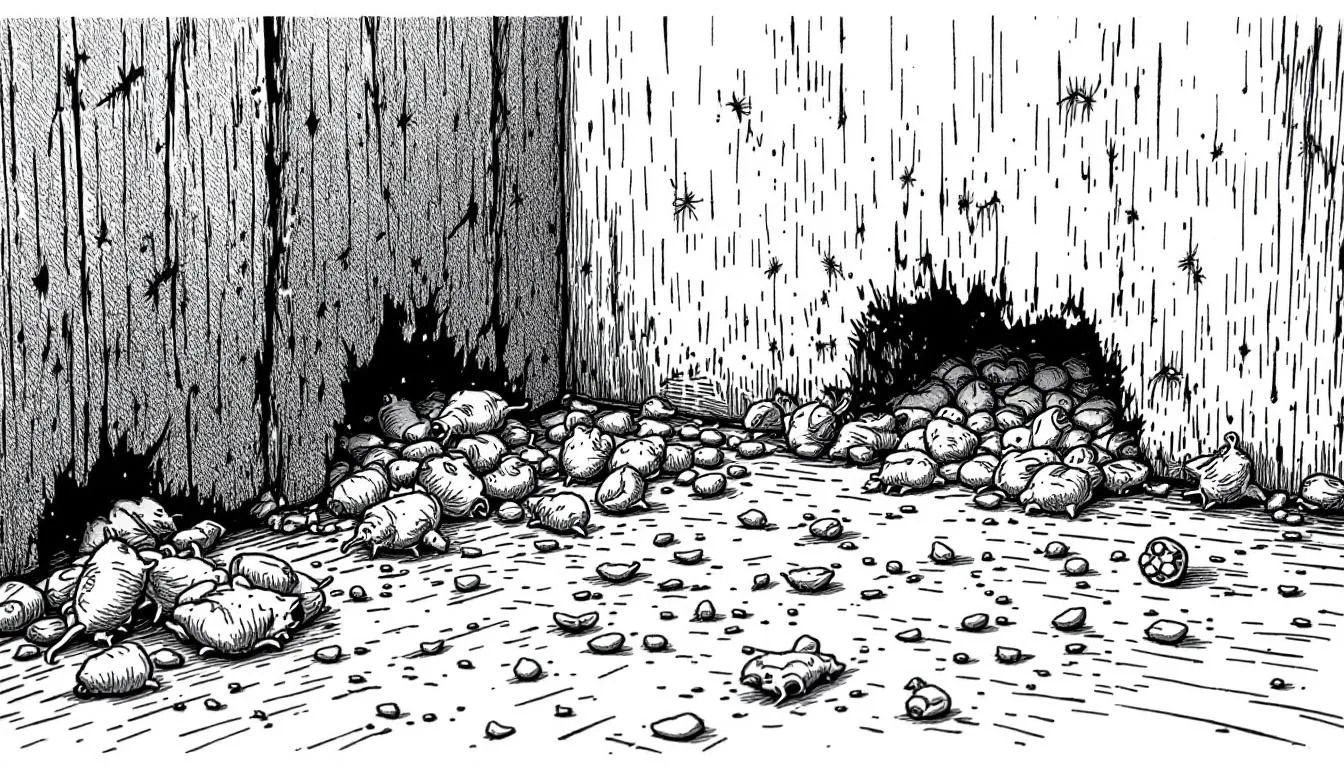
Early identification of rodent activity allows for swift action to address an infestation. Common signs include rat droppings, gnaw marks, and strong odors. Rat droppings, often found in significant amounts near food sources and nests, indicate the presence of rats in the area.
Driven by curiosity and a search for food, rats and other rats, including black rats, explore different areas of your home. Recognizing these signs allows for early detection of an infestation and appropriate measures to eliminate it.
Gnaw Marks
Gnaw marks on various surfaces clearly indicate rodent activity. Often found near rat droppings, these marks confirm the presence of rodents and highlight the need for immediate action to address the infestation.
Recognizing gnaw marks helps identify the extent of the infestation and implement targeted rodent control measures. Early action prevents further damage and health risks associated with rodent activity.
Rat Urine and Odor
Rat urine has a strong odor, more potent than rat droppings, indicating active rodent presence. The presence of rat droppings suggests nearby rodent urine, further confirming ongoing activity.
Recognizing the strong odor of rat urine allows for early detection of an infestation and appropriate measures to address it. Identifying the presence of rat urine and droppings enables effective rodent control strategies to eliminate the problem.
Professional Pest Control Solutions
When signs of a rodent infestation are observed, seeking professional help is crucial. Professional pest control services can quickly and effectively identify and eliminate rodent infestations using advanced techniques and technologies.
Engaging pest control professionals ensures a thorough resolution of rodent issues and enhances the effectiveness of pest management efforts. Relying on experts ensures the infestation is addressed comprehensively and safely.
Benefits of Hiring Pest Control Experts
Hiring pest control experts offers several benefits:
They are trained to identify the root causes of infestations, ensuring effective rodent management and eradication.
Their targeted treatments are often more effective than DIY methods.
They enhance environmental safety and health.
Professional pest control services reduce health risks associated with rodent infestations. Experts have the knowledge and tools to handle infestations safely, preventing disease spread and contamination.
Choosing the Right Pest Control Service
Selecting a reputable pest control service involves checking for licenses, certifications, and customer reviews to ensure quality. Evaluate their experience, methods, and range of services to ensure they meet your specific needs.
When choosing a pest control service, consider companies that offer guarantees for their work, reflecting confidence in their solutions. Verifying credentials and customer feedback helps select a service that effectively addresses rodent-related issues.
Summary
In conclusion, recognizing and safely handling rat droppings is essential to protect your health and home. Rat droppings can be identified by their size and shape, and distinguishing between fresh and old droppings helps assess infestation levels. Differentiating rat droppings from those of other pests ensures accurate identification and effective treatment.
Understanding the health risks associated with rat droppings, including diseases like hantavirus and salmonella, underscores the importance of safe cleanup practices. Using protective gear and following a step-by-step cleaning guide can prevent contamination and health risks. Preventing future infestations through cleanliness and sealing entry points is crucial, and recognizing signs of rodent activity can lead to early detection and intervention. Finally, professional pest control solutions provide effective, safe, and thorough management of rodent infestations.
Frequently Asked Questions
How can I tell if rat droppings are fresh or old?
Fresh rat droppings are shiny and moist, indicating recent activity, whereas old droppings appear gray and crumbly. Identifying these characteristics will help you determine the level of rodent activity in your area.
What diseases can be spread by rat droppings?
Rat droppings can indeed transmit serious diseases, including hantavirus, leptospirosis, and salmonella. It's crucial to handle them with care to prevent health risks.
What protective gear should I use to clean up rat droppings?
To safely clean up rat droppings, you should wear rubber or plastic gloves, a HEPA mask, and protective goggles. This protective gear is essential to prevent exposure to harmful pathogens.
How can I prevent future rat infestations?
To prevent future rat infestations, maintain cleanliness by removing food sources and seal entry points with materials like steel wool and caulk. Taking these proactive measures will significantly reduce the chances of attracting rodents.
When should I hire a professional pest control service?
You should hire a professional pest control service as soon as you notice signs of a rodent infestation, such as droppings or gnaw marks. Immediate action can prevent further damage and health risks.
Latest news

Find out how to select the most competent trauma scene cleanup team in Sugar Hill by understanding the five essential qualities they must possess.
Read More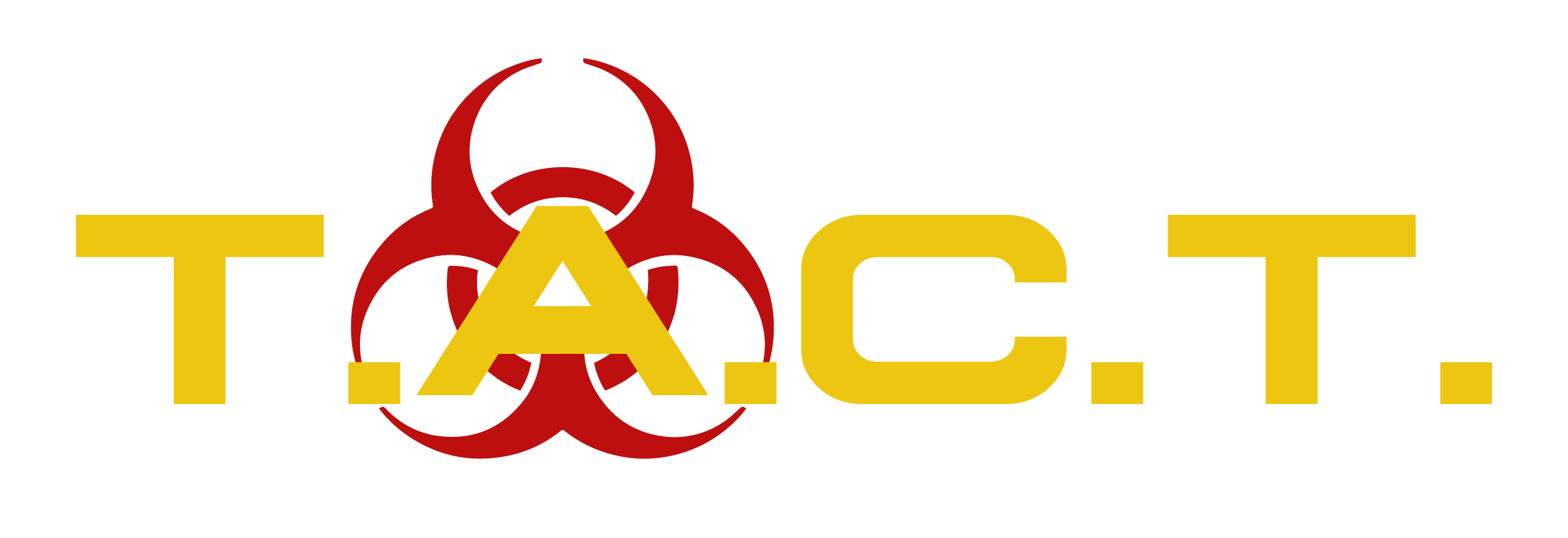
Emergency biohazard cleanup services in Atlanta available 24/7. Immediate response for crime scenes, trauma cleanup, and biological contamination.
Read More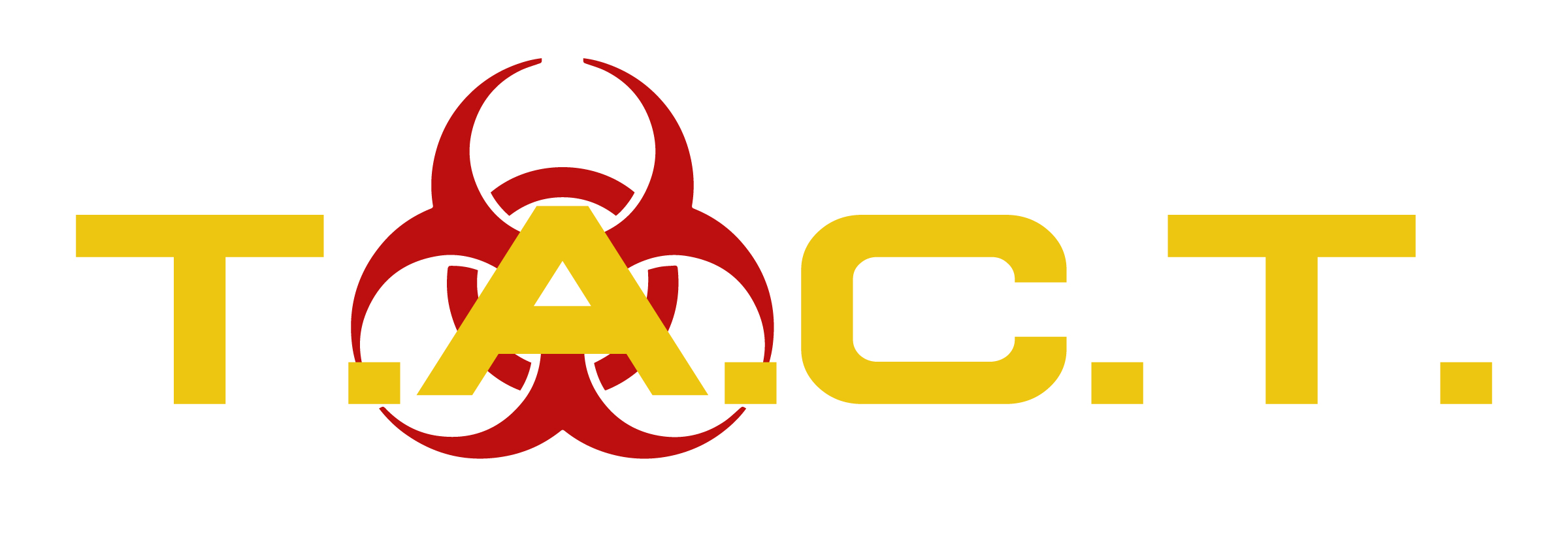
Get answers to common questions about biohazard cleanup in Georgia, including costs, processes, and timelines. Learn why professional services are essential.
Read More